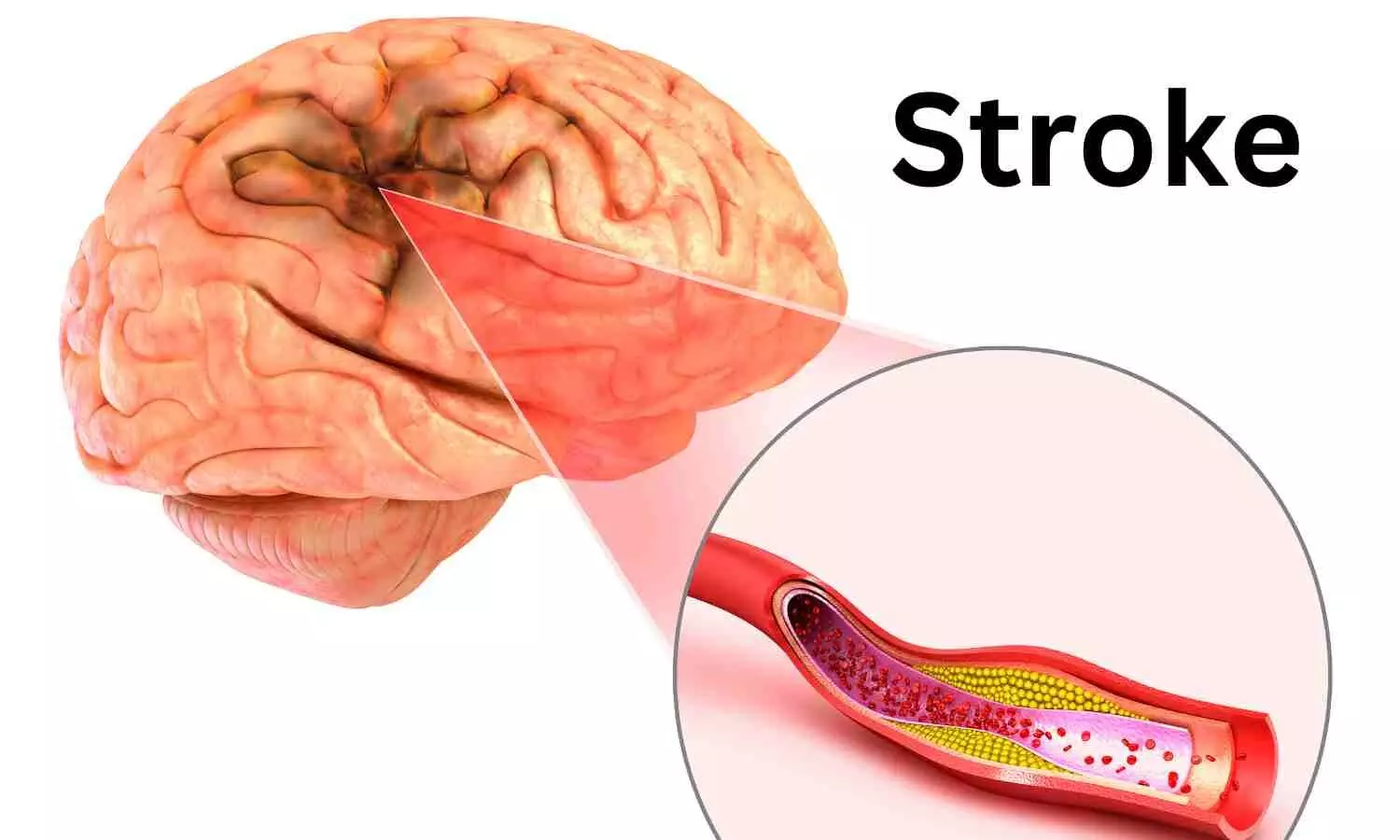Long-Term Association Between Childhood Blood Pressure and Adult Hypertension: Insights from a Cohort Study

A recent groundbreaking study
revealed an interesting association between pediatric blood pressure and
hypertension. The study found that childhood normal blood pressure tends to be
maintained into adolescence but decreases from adolescence to young adulthood
as per the findings published in the journal JAMA Pediatrics.
Adult Hypertension or adult blood
pressure (BP) is a risk factor for various cardiovascular diseases. Hence it is
necessary to identify and address these issues at the earliest. Pediatric blood
pressure has been associated with adverse cardiovascular outcomes. BP tracking and
its persistence across age, and the likelihood of an individual transitioning
between different BP categories over time has been discussed for a long time
but did not yield satisfactory results. There is ambiguity on the association between
maintaining normal BP in early life and the prevention of cardiovascular
diseases later in life. There is uncertainty about the effectiveness of
screening blood pressure in children and teenagers. The US Preventive Services
Task Force (USPSTF) has also highlighted the knowledge gap between the long-term
natural history of hypertension in children and the spontaneous resolution of
hypertension. Hence researchers conducted a trial to evaluate BP tracking from
childhood to midadulthood using the American Academy of Pediatrics (AAP)
thresholds and estimate transition probabilities among BP classifications over
time considering multiple time points.
The analyses were carried
out in 2023 by utilizing data gathered from the longitudinal Cardiovascular
Risk in Young Finns Study. About 3,596 participants aged 3 to 18 years were
recruited and all the participants had BP examined 9 times over 38 years, from
childhood (aged 6-12 years) or adolescence (15-18 years) to young adulthood
(21-27 years), late young adulthood (30-37 years), and mid-adulthood (39-56
years). Three BP recordings were made at each visit and mean BP was taken. For
individuals less than 18 years old BP classifications (normal, elevated,
hypertension) were based on AAP guidelines, and for those 18 years or older the
2017 American College of Cardiology/American Heart Association guidelines were
taken. generalized estimated equations were used to track coefficients. Transition
probabilities among BP classifications were estimated using multistate Markov
models.
Findings:
- This study included 2918 participants (mean [SD]
baseline age, 10.7 [5.0] years; 1553 female [53.2%]). - Over 38 years, the tracking coefficient for
maintaining elevated BP/hypertension was 2.16. - Males had a higher probability than females of
progressing to and maintaining hypertension and a lower probability of
reverting to normal BP from childhood to mid-adulthood. - For both sexes, the probability of transitioning
from adolescent hypertension to normal BP in mid-adulthood was lower compared
with childhood hypertension. - The probability of maintaining normal BP sharply
decreased in the first 5 to 10 years, stabilizing thereafter. - Children with normal BP generally maintained
this status into adolescence but decreased by young adulthood.
Thus, the key takeaway from this
study is the long-lasting link between blood pressure (BP) levels in childhood
and adolescence and BP levels in adulthood. The BP levels in children and
adolescents are associated with BP levels later in life, from young adulthood
to mid-adulthood suggesting an early life high blood pressure can persist into
adulthood increasing the hypertension and cardiovascular risk. The researchers
also suggest early screening can help in early intervention.
Further reading: Meng Y, Sharman
JE, Iiskala F, et al. Tracking and Transition Probability of Blood
Pressure From Childhood to Midadulthood. JAMA Pediatr. Published
online November 04, 2024. doi:10.1001/jamapediatrics.2024.4368


